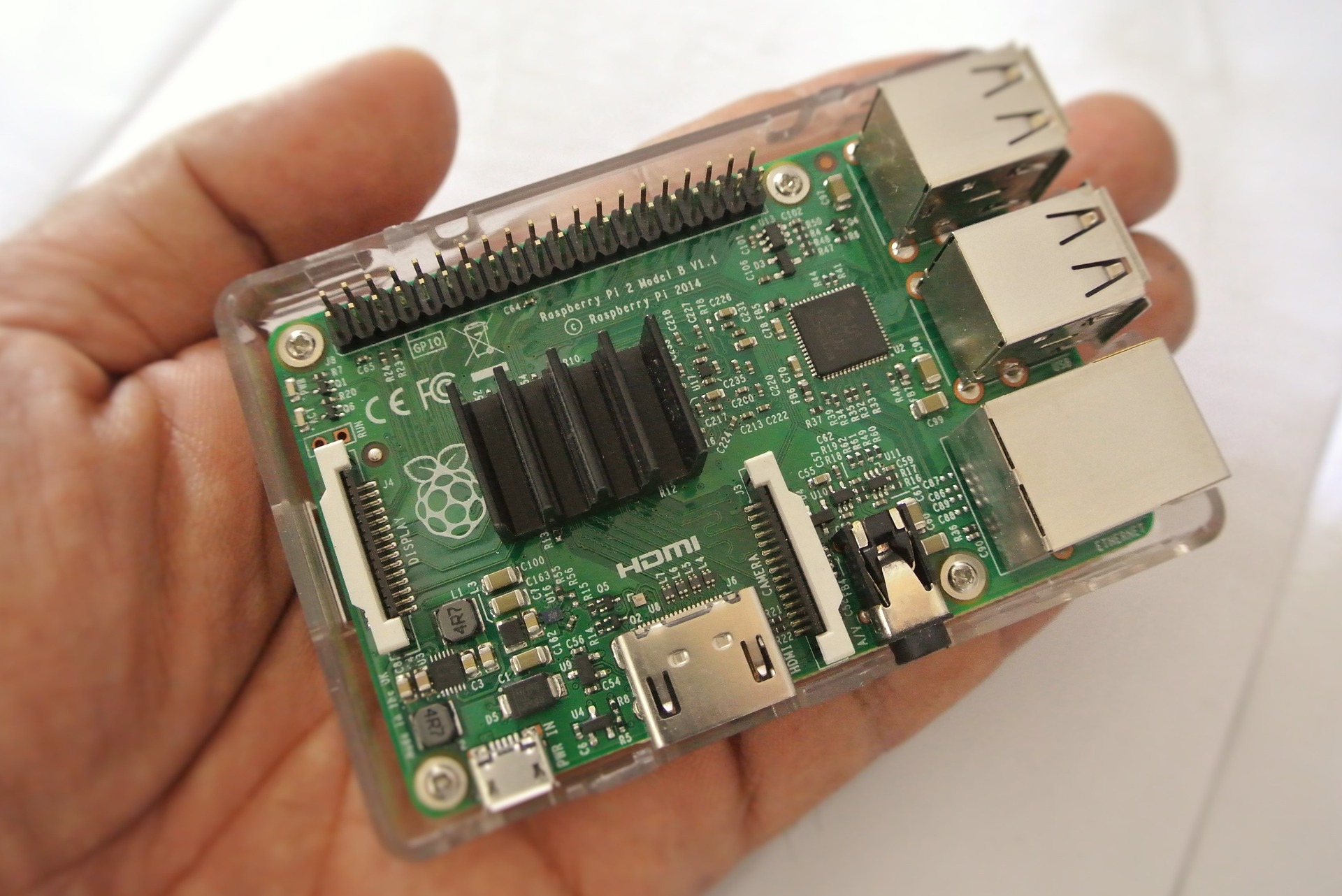A while ago, I took a plunge and got a Raspberry Pi 3, a credit-card-sized single-board computer running versions of Linux. I intend to do a few projects with single-board computers.
The first on my list is a retro game station of some sort (Either a countertop arcade cabinet or a gaming station connected to a TV).
Retropie offers a suite of emulators of retro game consoles and computer systems like the NES, SNES, Playstation, Sega Genesis, MS-DOS and Atari 2600.
Although ROM files are easy to get online, their legality is questionable. If the user doesn’t own an original licensed copy, downloading and installing ROMs is piracy. The law swings occasionally over whether users can legally install ROMs if they have a licensed copy of the original work. For its part, Nintendo condemns using ROMs that are not available through their own channels such as the Virtual Console service, the Switch Classic Game Collection or one of their rare Classic Edition consoles, even if the individual has a licensed copy.
Many older PC games fall under a legal limbo called abandonware. Technically downloading and installing all copyrighted software is piracy, but the creators of abandonware are either no longer in business, or have stopped supporting and selling the work and won’t likely litigate against pirates.
I was able to find legal avenues for various PC games. Retropie carries the widespread DOXBox emulator, the same used for licensed games sold by GOG.com. In theory, these legal copies should work on a system running Retropie as well.
In practice, the games I have been able to run on DOSBOX so far are
- Master of Orion 2
- Master of Magic
- Syndicate Plus
- Syndicate Wars
I was also able to get a GOG copy of the classic RPG Planescape: Torment to work through Gemrb, a Linux adaptation of the game’s Infinity Engine.
Ars Technica recently published analytics on Xbox One user data measuring time spent on the system. One of their findings was that the sample of Xbox One users play games from the previous Xbox 360 system less than 2% of the time they’re online.
I talked about it briefly on The GWW’s Press Any Key Podcast as a guest.
This data and a similar anecdote by Sony Head of Global Marketing and Sales Jim Ryan reveals an underlying problem with backward compatibility, the nostalgic demographic, and demand for retro games.
We nostalgic older gamers by and large like the idea of having access to games that evoke fond memories, but when the time comes to play them, we don’t play as many retro games. I have two possible explanations. Either older gamers now notice the limitations retro game systems had compared to today, or game producers today have a better sense of what attracts and motivates gamers based on market research and cumulative data and experience.
Although backward compatibility and access to retro games serve an important cultural and educational purpose, the financial demand for them isn’t as significant.
As long as publishers make money at the point of sale, they may continue to serve up retro games for short-term profits. However, publishers also seek to make microtransactions in newer full-price games a long-term source of income. Just like how printer companies can rely on ink cartridges sales to shore up profits rather than the printers themselves.

Nintendo is currently considering different prices for their upcoming Nintendo Switch Online subscription service. If successful, consistent subscription income seems like a potential for making retro games a viable commercially despite time played.
In the meantime, if companies find it inconvenient to save memories of gaming’s past, it may come down to enthusiasts to find workarounds using tools like Retropie on a Raspberry Pi.

Comments
One response to “My experience with retro games through Raspberry Pi 3”
With thanks! Valuable information!